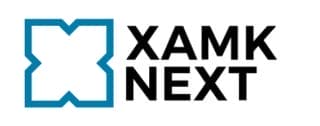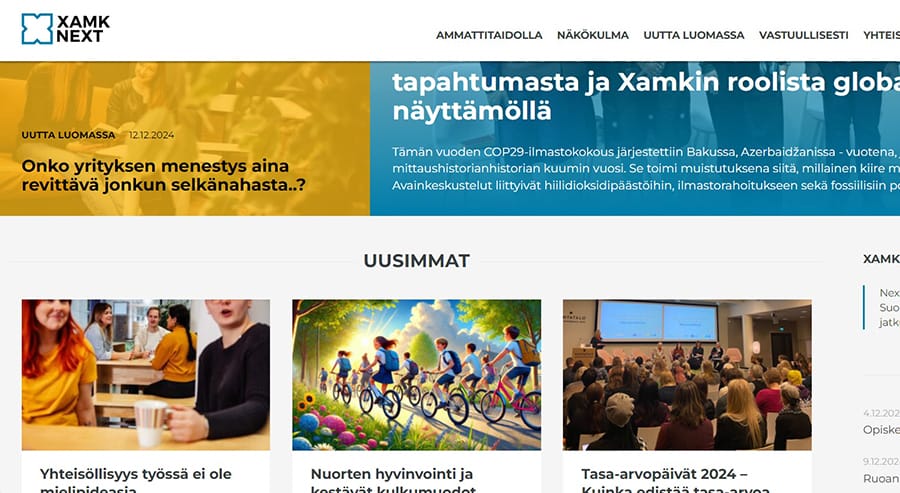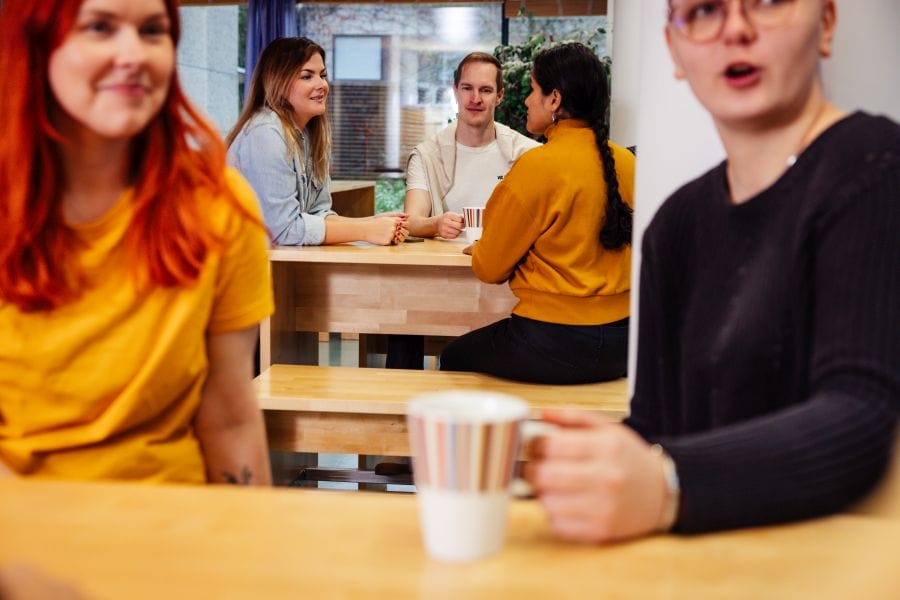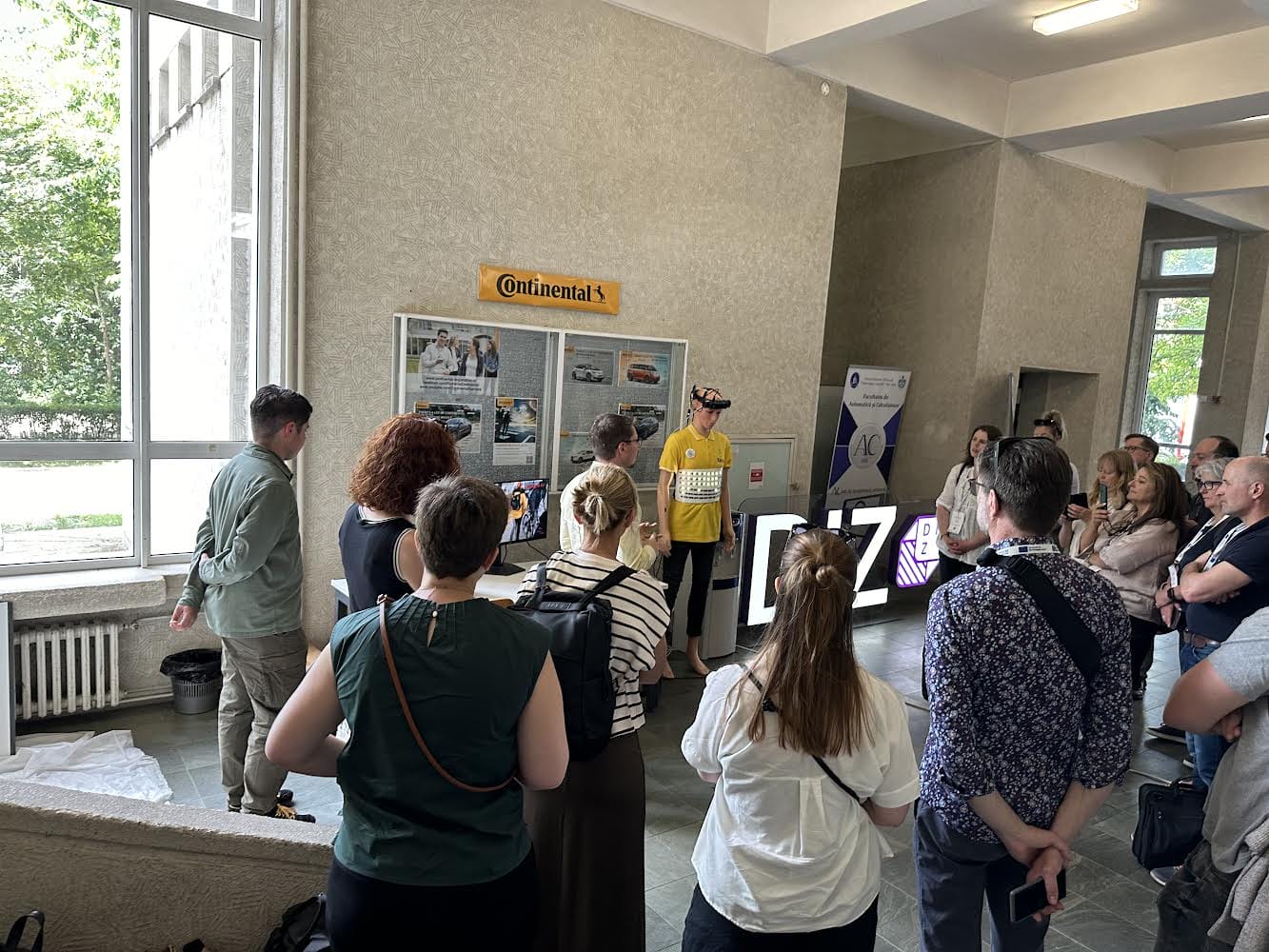Solving the Wicked Problems of Tomorrow: INGENIUM Education Lab
Taking stock
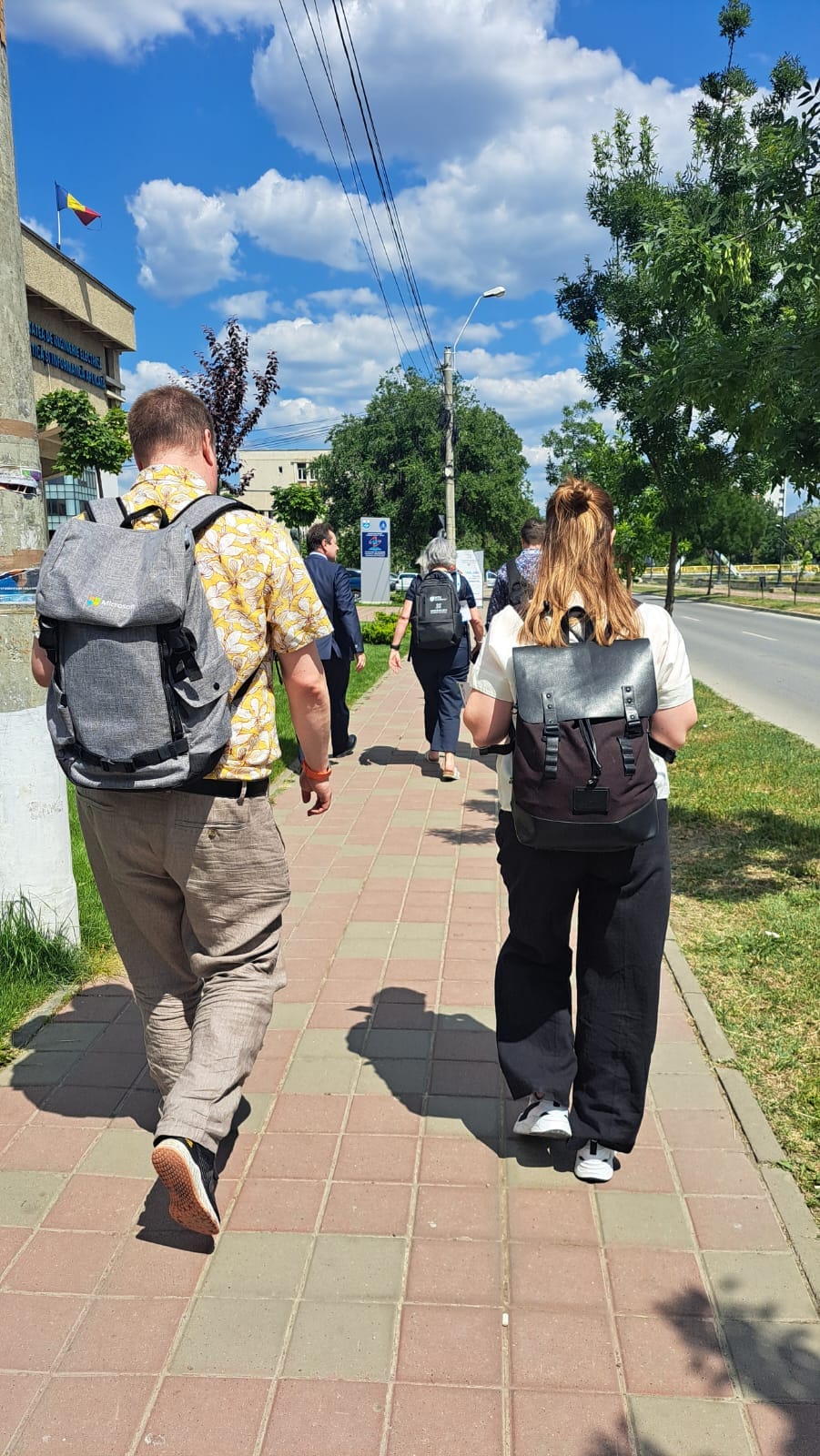 With ten institutions from across the EU, the INGENIUM European University has a plethora of existing education labs, where experts from their respective fields educate and co-create to develop our students to be responsible global citizens, equipped with all the necessary skills and knowledge for life.
With ten institutions from across the EU, the INGENIUM European University has a plethora of existing education labs, where experts from their respective fields educate and co-create to develop our students to be responsible global citizens, equipped with all the necessary skills and knowledge for life.
Further, these labs are often on the cutting edge of research and education, and so often collaborate with businesses, NGOs, policy institutions and working life.
Since January, Xamk has been conducting a survey of all the education labs available within the alliance. With over a hundred entries in our inventory now, we have started to gain a more coherent picture of our educational potential as a united front.
The next steps require us to find common ground for all of the INGENIUM partners to use the different facilities available.
Iasi, Romania
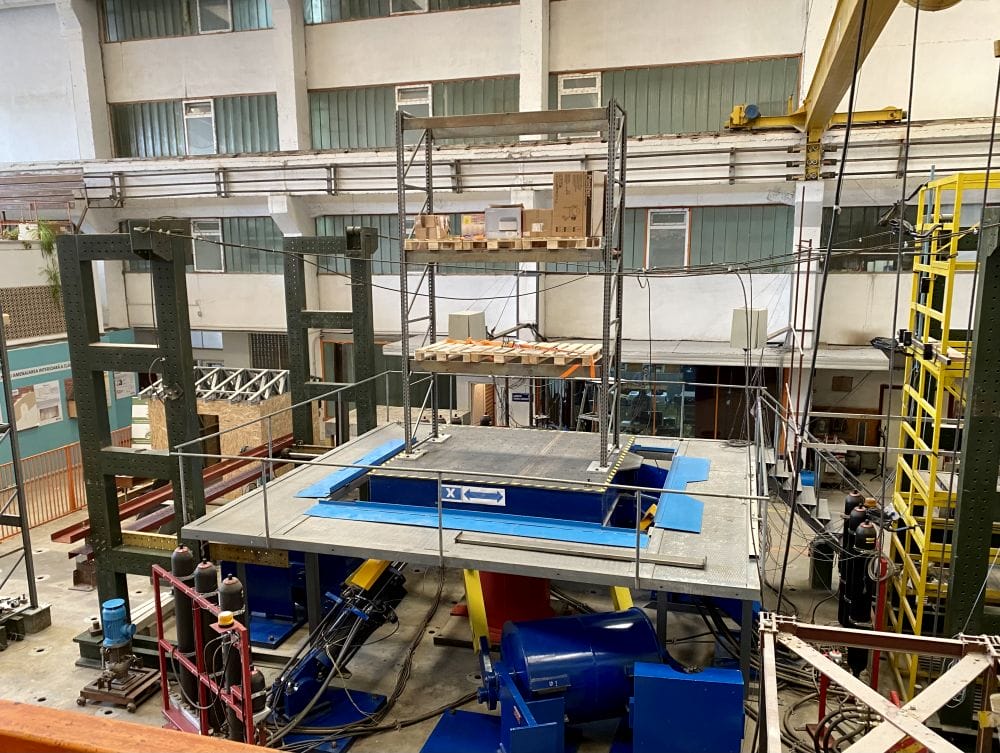
During the 10 Days of Ingenium in May 2024, we had the privilege of visiting the Gheorghe Asachi Technical University of Iasi and developing the concept of a common decentralised teaching and learning education lab with the Ingenium Innovation Committee and the Academy Committee. We’re excited about the potential future results of our collaboration, even though the work is just beginning.
What do earthquakes, fungi, wind, and robotics have in common?
In TUIASI, they represent the pioneering threshold where education and research come together to meet local and global needs. Between workshops, Staff Academy events, and a rewarding social programme, we were lucky enough to visit several of the wonderful local labs in Iasi.
The tour was led by Marcel Roman, Head of the Department of Mathematics and Informatics, who last year presented his innovative teaching practices at the Staff Academy in Gabriele d’Annunzio University Chieti Pescara, Italy.
The first stop on the tour focused on seismic behaviour, which makes people and businesses more vulnerable. We saw how the professionals of TUIASI simulate seismic activity and seek to develop solutions to ensure the safety of existing and future buildings. This was quite an exciting demonstration, PICTURE 2.
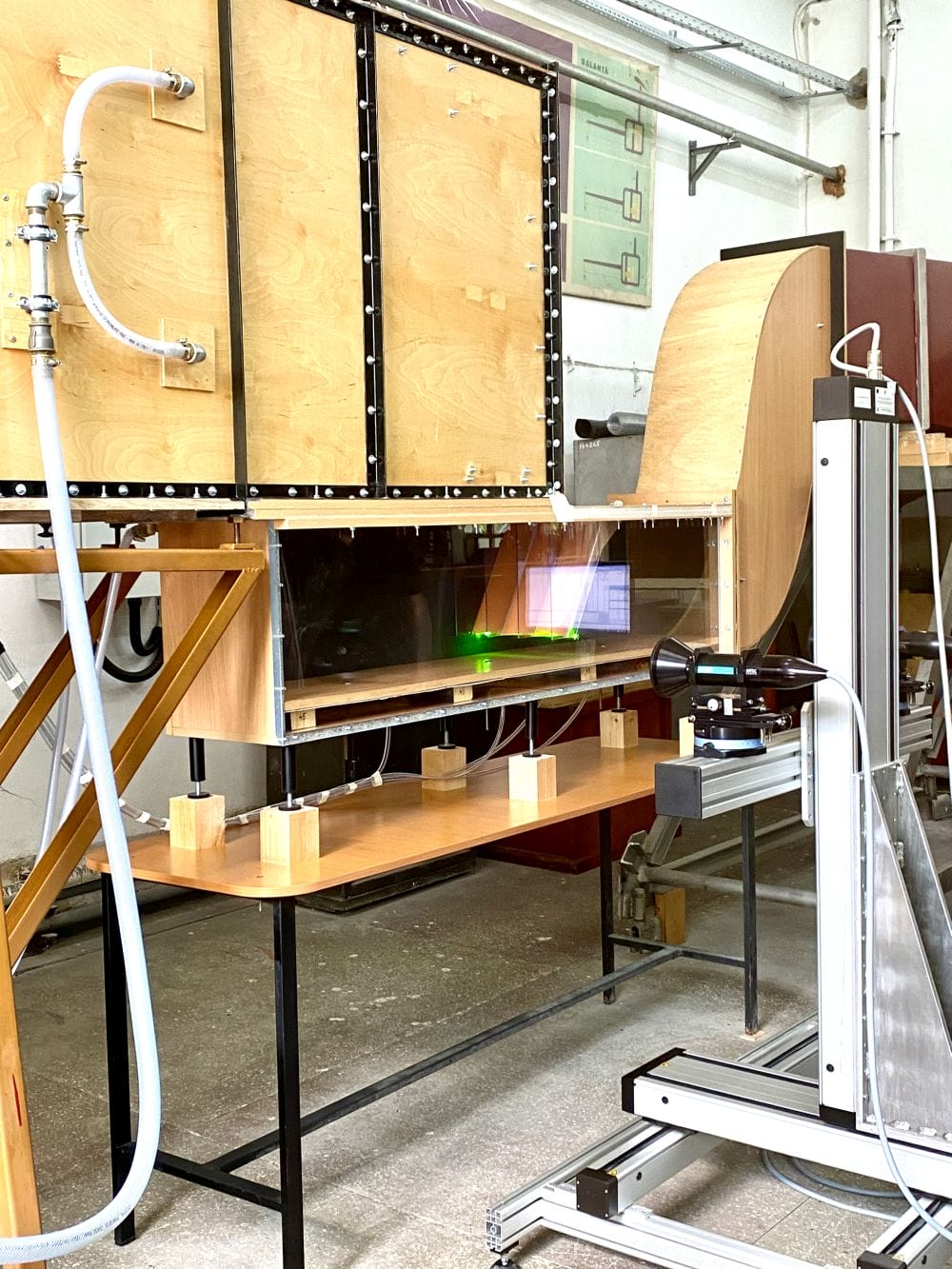
The tour continued to the Faculty of Automation and Computers, with demonstrations from Undergraduate and PhD students, including haptic aids to help people with visual impairments navigate the city. It was fun to learn about the different interdisciplinary challenges robotics students are set throughout their studies, such as designing the cheapest and most effective robot for a specific task! PICTURE 3
Then, we were blown away by a powerful demonstration of the wind’s destructive force, as we were shown how it can disrupt laser beams in a wind tunnel. PICTURE 4
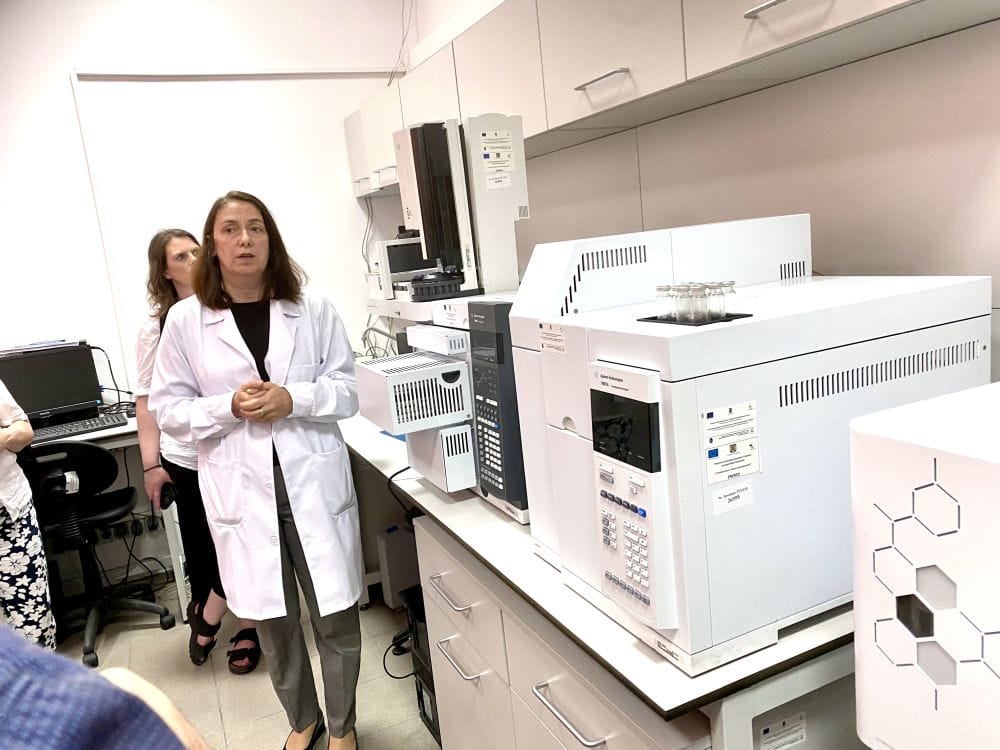
Finally, we learned how different bioethanol fuels were made as sustainable alternatives to traditional fossil fuels. This was a fantastic example of the synergy of expertise available within the alliance, as at Xamk, we have specialised in focusing on oil spill responses, including the fuels we saw being made in the lab from wastewater from paper factories.
PICTURE 5
These events, like 10 Days of INGENIUM, help solidify our different universities’ bonds and deepen connections. In the Autumn, we will launch a call for Joint Education Lab Projects and help connect partners to solve the wicked problems of tomorrow.
Together, we are jointly responding to European and global challenges.
